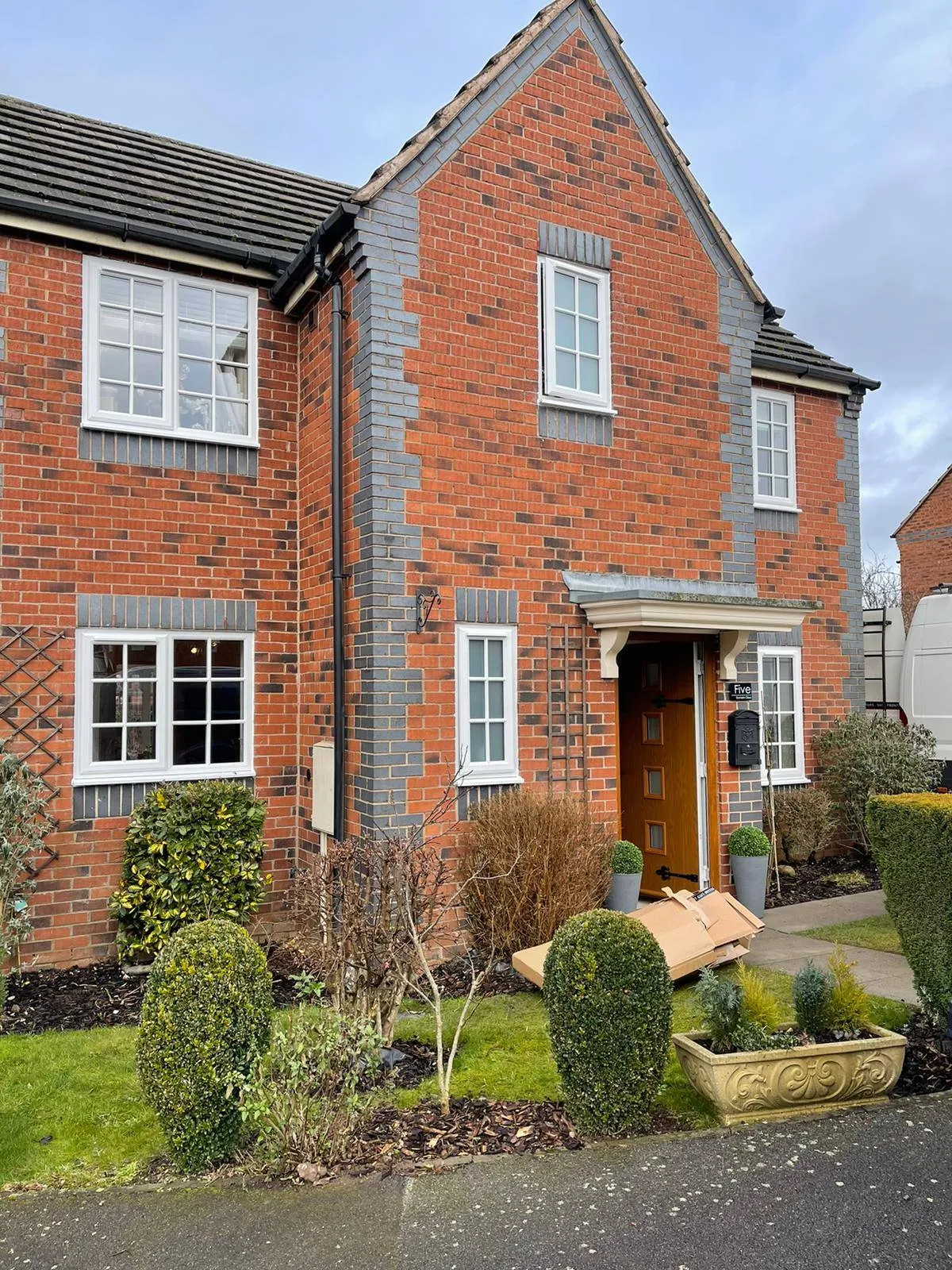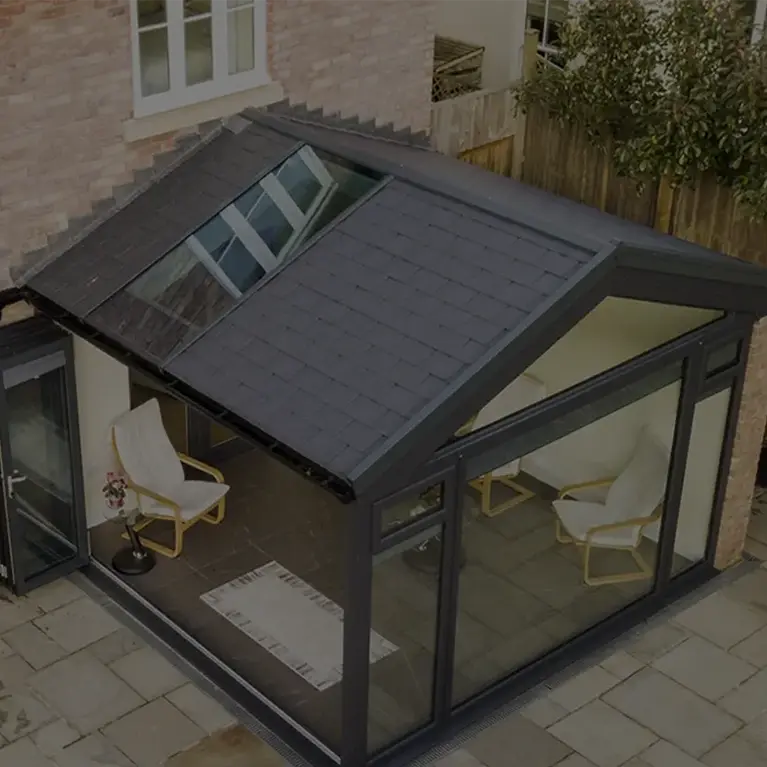
What Is A Casement Window?
What Is A Casement Window And What Are They Used For?
Casement windows are the most popular type of window in the UK and come in a range of styles to suit any home. Double-glazed casement windows are easy to install, convenient to maintain, airtight, and secure, providing excellent value for money. In this article, we run through the main features and advantages of casement windows, and how they compare to alternative window styles.
What are casement windows?
Casement windows provide effective ventilation for any room using an easy-open top or side-mounted hinge. The four types of casement window are:
1) Top-opening, or awning windows – typically small letterbox shaped windows that provide ventilation above a larger, fixed windowpane, although larger rectangular awning windows are also available.
2) Size-opening windows that open outwards to provide maximum ventilation and, in some cases, an emergency exit.
3) Bottom-opening, or hopper windows – a less commonly used style that pivots outwards from a bottom-mounted hinge. Suitable for upper story rooms to provide increased safety and security.
4) Fixed casement window – a non-opening windowpane installed to provide decoration and draw natural light into a room. Fixed windows are normally accompanied by one or more functioning windowpanes.
Double-glazed casement windows may include a combination of a fixed pane, plus two or three movable windows with top opening or side opening hinges. Casement windows allow for a wide variety of designs to accommodate the style and ventilation needs of your home.
Advantages of casement windows
- Available in a wide range of durable materials and finishes.
- Weather-resistant, low maintenance style.
- Compatible with double- triple- and single-glazed window panels.
- Excellent energy efficiency and thermal insulation rating.
- Cost effective to purchase and easy to install in any window space.
- Energy-efficient double-glazed casement windows could add between 5% to 10% value to your home.
- Lockable and secure, providing a tough barrier to would-be thieves.
Alternative window designs – are casement windows better?
Despite their historic popularity, casement windows aren’t the only type of window available. Other styles include:
Tilt and turn windows vs casement
Tilt and turn windows are a versatile modern style that are capable of opening from either a bottom-mounted or side-mounted hinge, depending on how the window and handle are ‘tilted’. Many people find tilt and turn windows a practical alternative to casements for inward-opening windows, as they provide good ventilation and easy-access for cleaning.
Sash windows vs casement
Sash windows are an
elegant 18th and 19th century style of window consisting of a movable pane of glass set below and slightly behind a fixed pane. In a vertical sash window – the most common style – the windows open by moving the bottom pane up to where it stacks behind the fixed upper pane.
Traditional sash windows were assembled from multiple small single-glazed panes, but their modern successors use individual sheets of glass, often partitioned to give the effect of a multi-paned Georgian window. Sash windows are still often found in historic Victorian, Regency, and Georgian houses (as well as pubs and some offices), but look out of place in most modern builds, and do not have the versatility of casement windows.
Fush sash windows vs casement
These have been more recently developed in modern materials to mimic traditional timber windows of the past where the opening sash does not protrude relative to the frame, but lies flush within it, giving a sleek and modern finish, while maintaining weather and security specifications.
How much do casement windows cost?
Casement windows vary in cost, with the price depending on several factors:
- The size of the window.
- The material of the window frame – e.g. UPVC, wood, or aluminium.
- Glazing options – e.g. single- double- or triple-glazed
- Optional add-ons – e.g. extra security features, weatherproof coatings, child locks, soundproofing, tinted windows etc.
As a costing guide, replacing all the windows of a typical three-bedroom house with double-glazed UPVC casement windows starts from around £4,000.
Next steps – get in touch for a free quote and consultation
Harvey’s Windows and Conservatories based in Leicester, provide a range of window styles to suit every home and budget. These include a selection of casement windows, sliding sash windows, reversible tilt and turn windows, and specialist fire escape windows – all with an excellent energy and security rating. To discuss your needs or to request a free quote, please get in touch today.
Image Source: Unsplash

